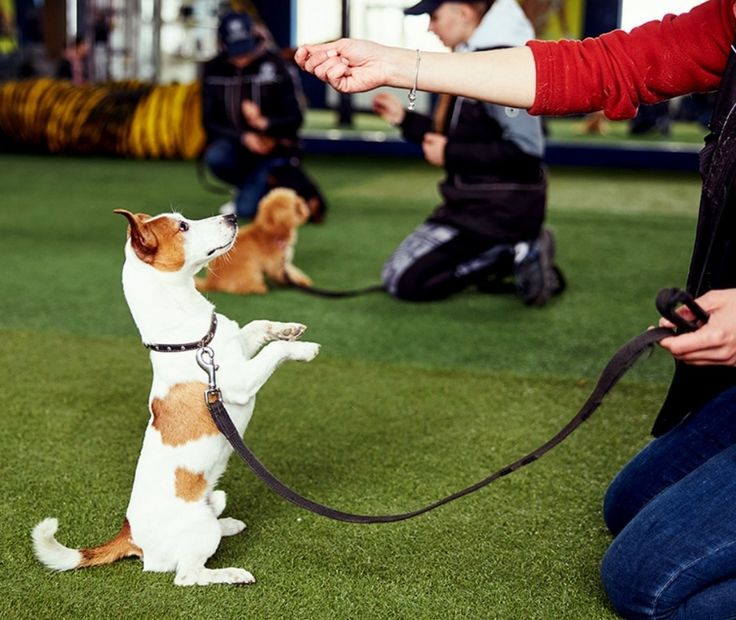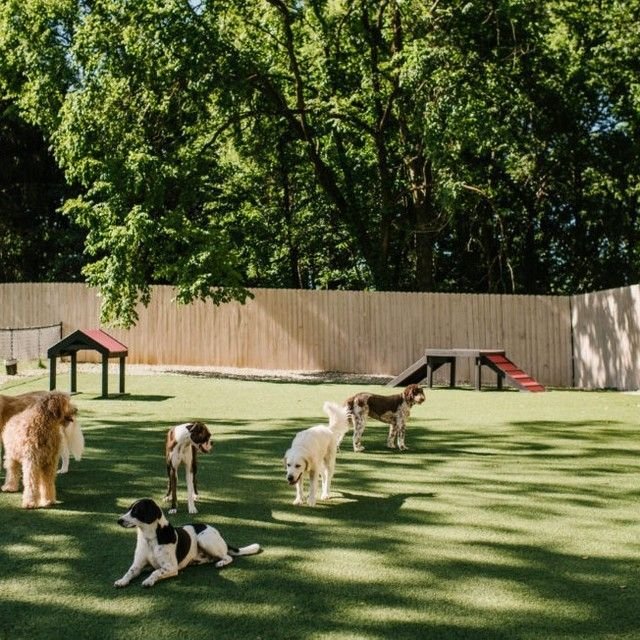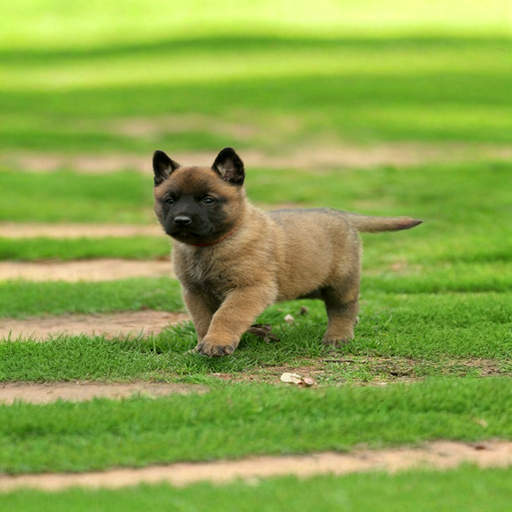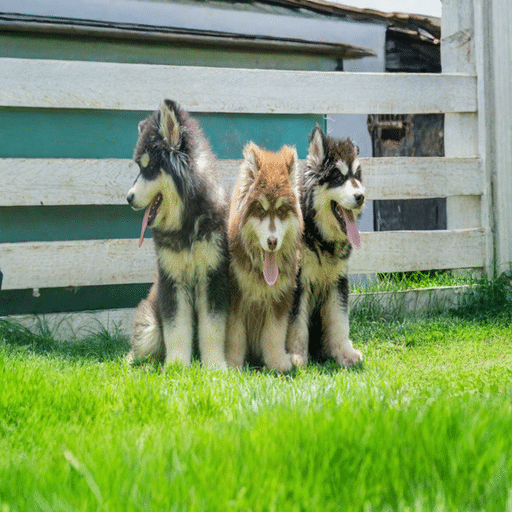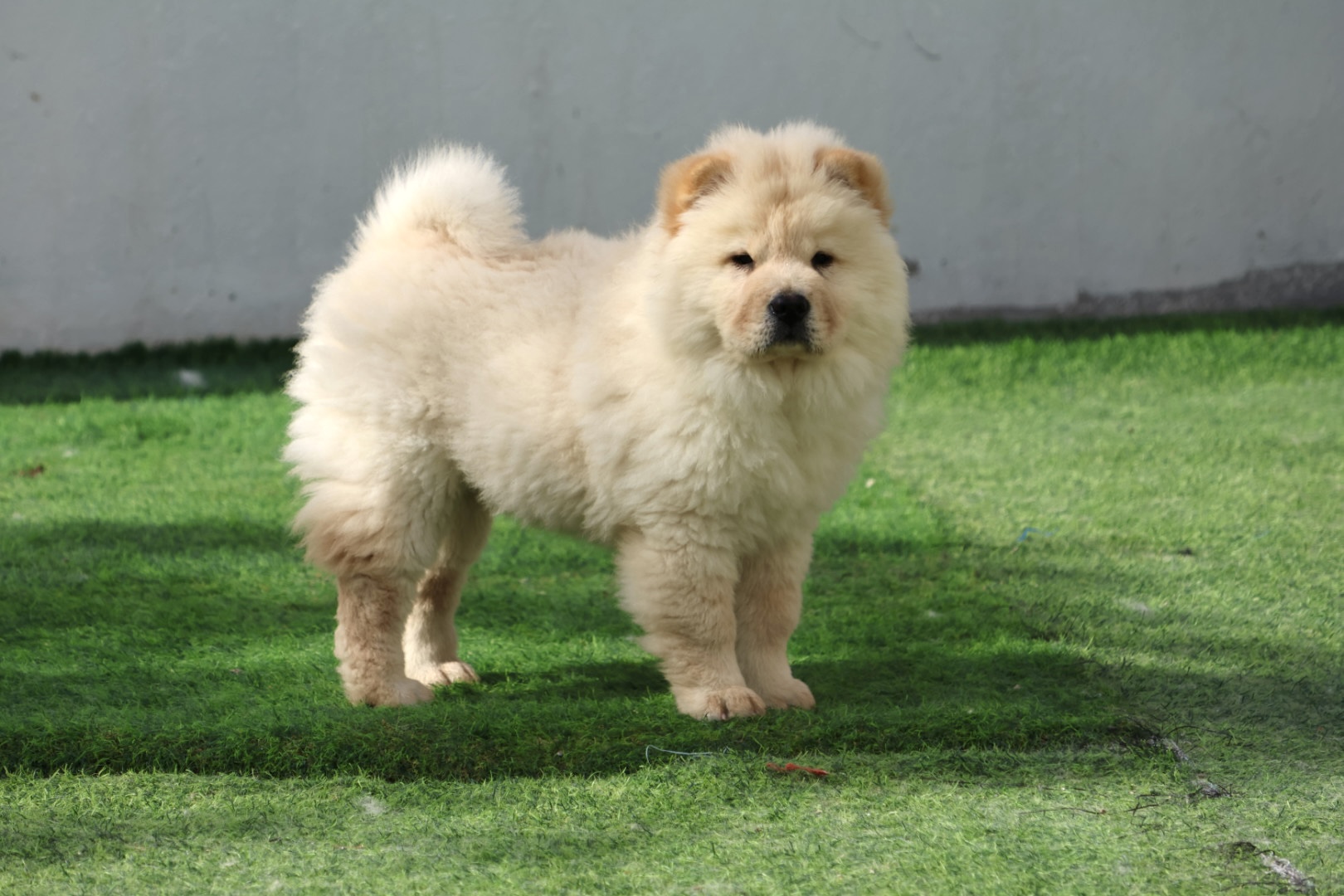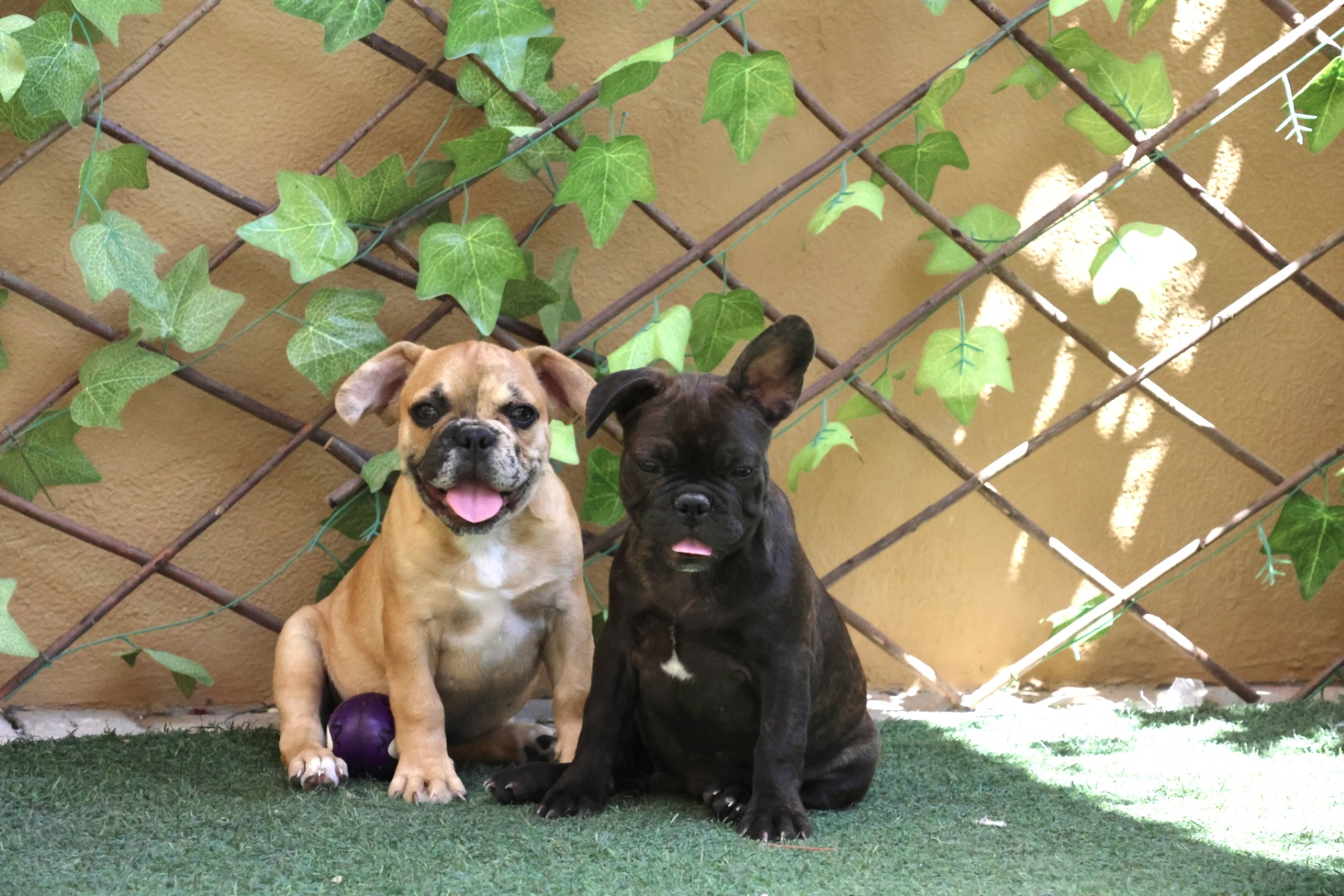How to Teach Your Puppy Basic Commands – Complete Training Guide
Learning how to teach your puppy basic commands is one of the most rewarding steps in puppy training. It sets the foundation for a well-behaved dog and strengthens the bond between you and your pet. Whether you’re in the UAE or anywhere in the world, starting early with positive reinforcement techniques makes a huge difference in your puppy’s development.
1. Why Teaching Commands Early Matters
Training your puppy from a young age improves communication, reduces behavior problems, and builds trust. Puppies are like sponges — they absorb information quickly. The sooner you start teaching commands like “sit”, “stay”, and “come”, the easier it becomes to manage them in daily life. Early obedience training helps your puppy grow into a confident and social dog.
2. Best Age to Start Puppy Training
The ideal time to begin teaching your puppy basic commands is between 7 to 12 weeks of age. At this stage, they are curious, attentive, and eager to please. Even at 8 weeks old, they can start learning simple instructions like “sit” and “no”. Use short sessions and lots of praise to keep it fun.
3. Essential Puppy Commands to Teach First
- Sit: This is usually the first command and the easiest for puppies to learn.
- Stay: Helps control their movement and keep them safe in public spaces.
- Come: Crucial for recall training, especially when off-leash.
- Down: Teaches calmness and reduces jumping.
- Leave it: Prevents your puppy from picking up harmful objects.
4. Tools You Need for Successful Training
You don’t need fancy tools to start. Here are the basics:
- High-value treats for motivation
- A short leash or clicker (optional)
- A quiet space with few distractions
- Lots of patience and consistency
5. How to Teach Your Puppy Basic Commands Step by Step
Let’s take “Sit” as an example:
- Hold a treat close to your puppy’s nose.
- Move your hand up slowly, encouraging their head to follow.
- As their bottom hits the ground, say “Sit” clearly and give the treat.
- Repeat 3–5 times and practice daily in short bursts.
Apply the same approach to other commands, keeping your tone positive and encouraging.
6. How to Deal with Challenges
Some puppies are more stubborn or easily distracted. If your puppy loses focus:
- Train in a quieter location
- Use better treats (chicken, cheese, etc.)
- Keep sessions short (5–10 minutes)
- End on a positive note, even with small progress
7. Reinforcing Good Behavior Outside of Training
Consistency is key. Use commands during daily routines. Ask your puppy to “sit” before meals, or “stay” before opening a door. The more natural you make training, the faster they learn. Always reward with treats, praise, or play — whatever motivates your dog the most.
8. Common Mistakes to Avoid
- Yelling or punishing the puppy for mistakes
- Being inconsistent with commands
- Training when your puppy is tired or hungry
- Skipping rewards or being impatient
Remember, learning how to teach your puppy basic commands takes time — don’t rush it.
9. When to Seek Help
If you’re struggling with stubborn behavior, aggression, or anxiety, consider working with a professional dog trainer. In the UAE, there are many certified trainers who offer home visits or puppy classes. They can guide you on proper techniques and adjust methods to suit your dog’s personality.
10. Final Thoughts
Knowing how to teach your puppy basic commands will transform your relationship with your dog. A trained puppy is happier, safer, and more confident. Start early, stay consistent, and enjoy the journey of raising a smart, obedient companion.
Helpful Links
